
Exploring Nakhon Ratchasima: Gateway to Isaan
Discover Nakhon Ratchasima, Thailand's gateway to the Isaan region, where ancient history, vibrant markets, and stunning natural parks await your exploration.
Nakhon Ratchasima, also known as Korat, is a vibrant city brimming with rich history, cultural landmarks, and natural beauty. As the gateway to the Isaan region, it offers a blend of traditional Thai culture and modern amenities. This city is steeped in history, with ancient Khmer ruins like Phimai Historical Park, which dates back to the Angkor era, providing a glimpse into the past. Lively markets, such as the Save One Night Market, offer a taste of local life and a chance to sample delicious street food. The city’s bustling atmosphere is balanced by serene parks and gardens, including Bung Ta Lua Water Park, perfect for a relaxing day out. For those interested in Thai culture, the annual Phimai Festival, featuring traditional dance, music, and boat races, is a must-see event. Nearby natural attractions like Khao Yai National Park, a UNESCO World Heritage site, offer opportunities for hiking, wildlife spotting, and enjoying breathtaking scenery. Whether you're exploring historical sites, indulging in local cuisine, or venturing into nature, Nakhon Ratchasima promises a memorable experience for every traveler.
Local tips in Nakhon Ratchasima
- Visit Phimai Historical Park early in the morning to avoid crowds and the midday heat.
- Save One Night Market is best visited on weekends for the most variety in food and goods.
- Rent a bicycle to explore the city and its parks at your own pace.
- Check the local calendar for the dates of the Phimai Festival, usually held in November.
- For wildlife enthusiasts, Khao Yai National Park is a short drive away; consider hiring a local guide for the best experience.
Exploring Nakhon Ratchasima: Gateway to Isaan
Nakhon Ratchasima, also known as Korat, is a vibrant city brimming with rich history, cultural landmarks, and natural beauty. As the gateway to the Isaan region, it offers a blend of traditional Thai culture and modern amenities. This city is steeped in history, with ancient Khmer ruins like Phimai Historical Park, which dates back to the Angkor era, providing a glimpse into the past. Lively markets, such as the Save One Night Market, offer a taste of local life and a chance to sample delicious street food. The city’s bustling atmosphere is balanced by serene parks and gardens, including Bung Ta Lua Water Park, perfect for a relaxing day out. For those interested in Thai culture, the annual Phimai Festival, featuring traditional dance, music, and boat races, is a must-see event. Nearby natural attractions like Khao Yai National Park, a UNESCO World Heritage site, offer opportunities for hiking, wildlife spotting, and enjoying breathtaking scenery. Whether you're exploring historical sites, indulging in local cuisine, or venturing into nature, Nakhon Ratchasima promises a memorable experience for every traveler.
When is the best time to go to Nakhon Ratchasima?
Iconic landmarks you can’t miss
Farm Chokchai
Discover the essence of Thailand's dairy farming at Farm Chokchai, where fresh produce meets family-friendly fun in a picturesque setting.
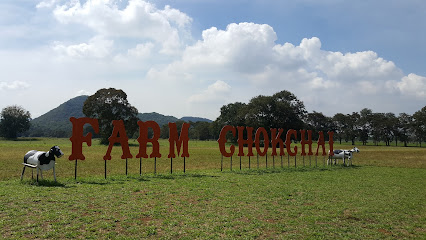
Thao Suranari (Ya Mo) Monument
Explore the Thao Suranari Monument, a historical gem in Nakhon Ratchasima, reflecting Thailand's rich heritage and resilience.
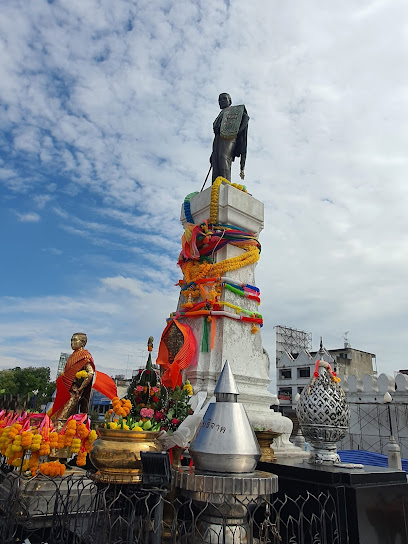
Phimai Historical Park
Discover the beauty and history of Phimai Historical Park, a stunning Khmer architectural marvel nestled in Thailand's lush landscapes.
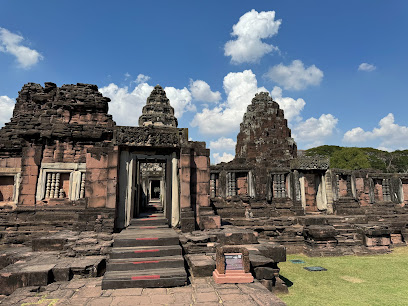
Suan Rak Park
Explore the lush landscapes and cultural vibrancy of Suan Rak Park in Nakhon Ratchasima, a perfect blend of nature and local heritage.
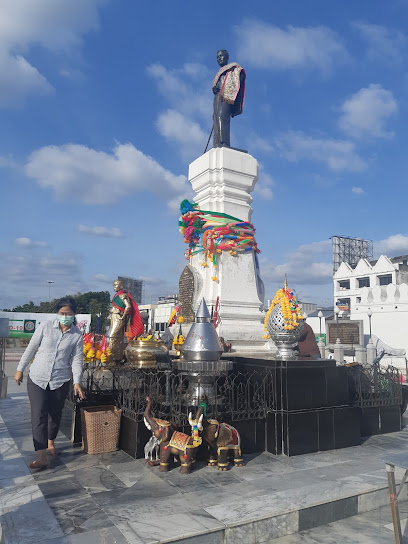
Wat Sala Loi
Discover the serene beauty and cultural richness of Wat Sala Loi, a stunning Buddhist temple in Nakhon Ratchasima, Thailand.
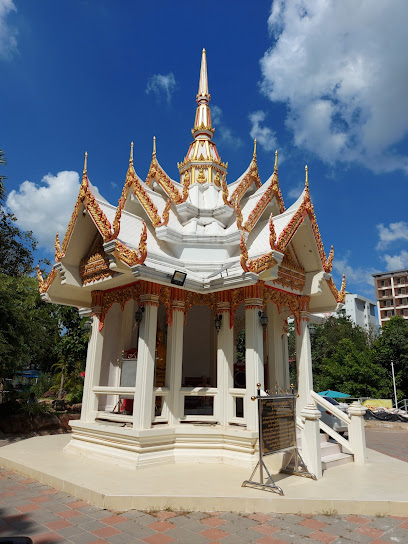
Ban Tha Chang Spring
Explore the serene Ban Tha Chang Spring in Nakhon Ratchasima, a perfect retreat for nature lovers and families seeking tranquility and beauty.
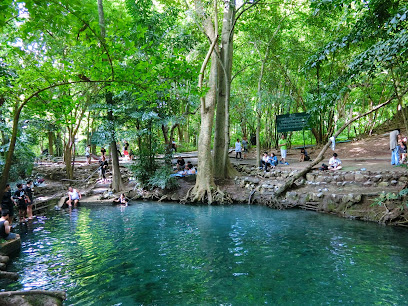
Bung Ta Lua Park
Explore the beauty and serenity of Bung Ta Lua Park in Nakhon Ratchasima, a perfect escape for nature lovers and families alike.
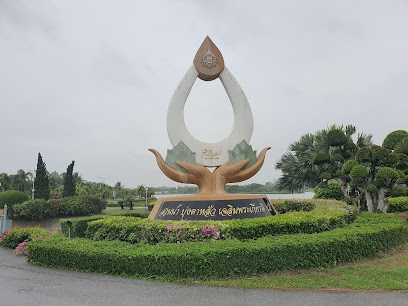
Nakhon Ratchasima Zoo
Discover the captivating wildlife and conservation efforts at Nakhon Ratchasima Zoo, a top tourist attraction in Thailand for families and nature lovers.
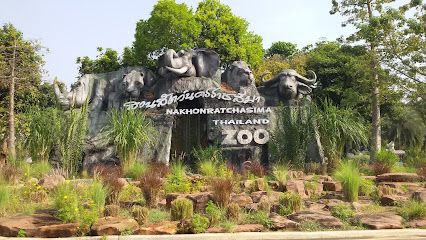
Korat Fossil Museum
Explore the Korat Fossil Museum, a captivating journey into Thailand's prehistoric past with a remarkable collection of fossils and interactive exhibits.
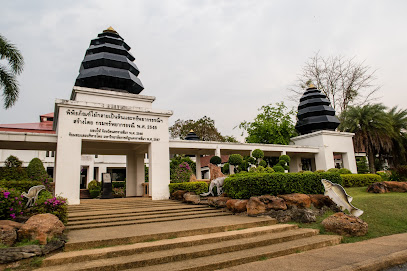
Prasat Hin Phanom Wan
Discover the ancient Khmer temple of Prasat Hin Phanom Wan, a stunning historical landmark in Nakhon Ratchasima, rich in culture and architectural beauty.

Centara Korat
Discover luxury and comfort at Centara Korat, the ideal hotel for travelers seeking relaxation and adventure in Nakhon Ratchasima.
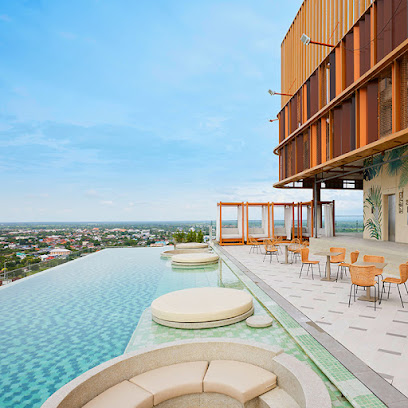
Wat Simalai Songtham
Experience the tranquility and cultural richness of Wat Simalai Songtham, a must-visit Buddhist temple in the heart of Pak Chong District, Thailand.

HARBORLAND TERMINAL 21 KORAT
Experience the excitement of Harborland Terminal 21 Korat, a family amusement park with thrilling rides, indoor playgrounds, and delicious dining options.
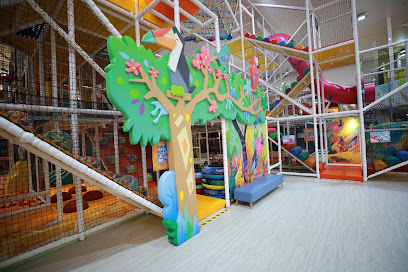
Phimai National Museum
Explore the fascinating heritage of Phimai National Museum, where ancient artifacts and Khmer architecture narrate Thailand's rich cultural history.
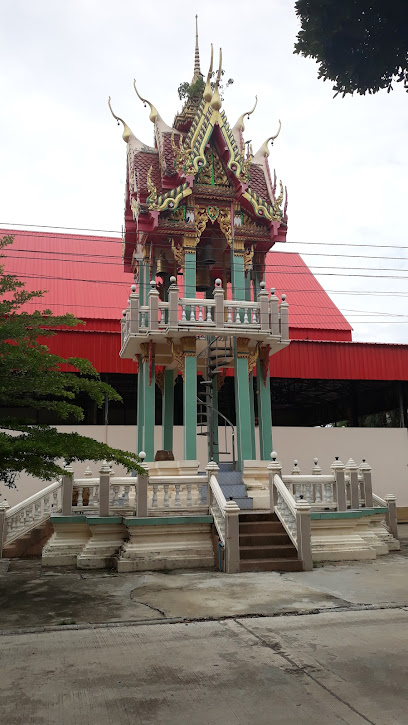
Prasat Muangkhaek
Explore Prasat Muangkhaek, an archaeological gem in Thailand, where history and nature intertwine to create a breathtaking cultural experience.
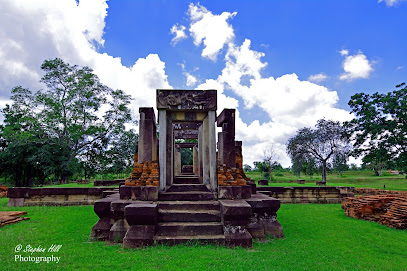
Unmissable attractions to see
Suan Rak Park
Experience the tranquility of Suan Rak Park, a beautiful escape in Nakhon Ratchasima, where nature meets culture and history.
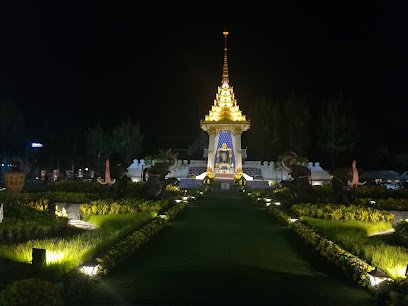
Wat Sala Loi
Experience the serene beauty and rich cultural heritage of Wat Sala Loi, a captivating Buddhist temple in Nakhon Ratchasima, Thailand.
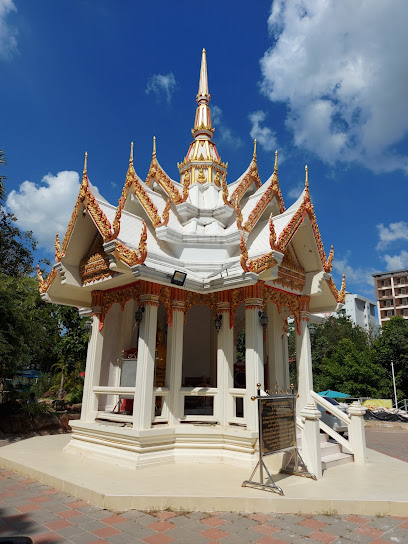
Bung Ta Lua Park
Explore the natural beauty and tranquility of Bung Ta Lua Park, a serene urban oasis in Nakhon Ratchasima, ideal for relaxation and outdoor activities.
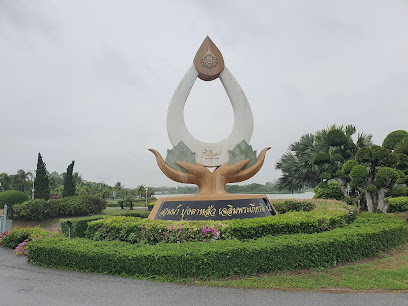
Nakhon Ratchasima Zoo
Discover the vibrant wildlife and thrilling attractions at Nakhon Ratchasima Zoo, a must-visit destination in Thailand for animal lovers and families.
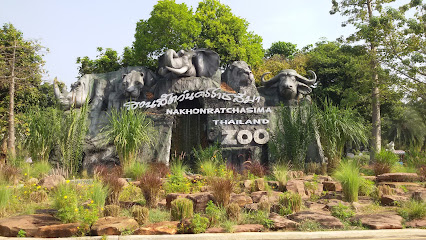
Airplane Park Korat
Discover the charm of Airplane Park Korat, a family-friendly attraction featuring a retired aircraft and stunning gardens in Nakhon Ratchasima.
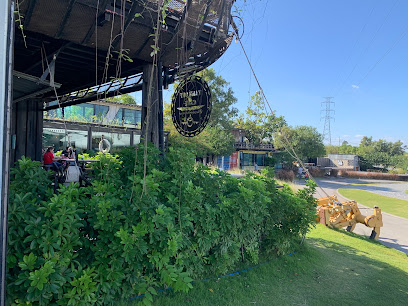
Korat Fossil Museum
Uncover the ancient mysteries of life at Korat Fossil Museum - a premier destination for fossil enthusiasts and curious travelers alike.
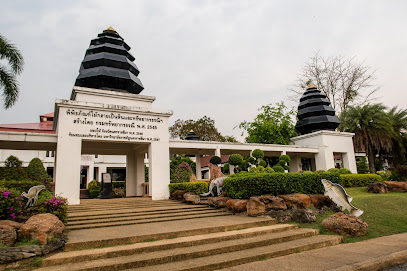
Prasat Hin Phanom Wan
Explore the ancient Khmer temple of Prasat Hin Phanom Wan, a historical landmark that showcases the beauty of Thailand's architectural heritage.
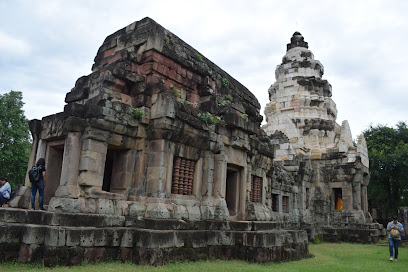
Pumrak Park
Experience the vibrant atmosphere of Pumrak Park, a family-friendly oasis in Nakhon Ratchasima with recreational facilities for all ages.
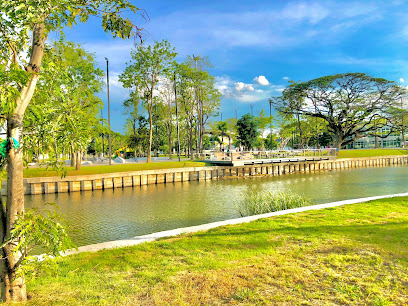
Wat Phayap
Discover the spiritual beauty of Wat Phayap, a stunning Buddhist temple in Nakhon Ratchasima, rich in culture and tranquility.
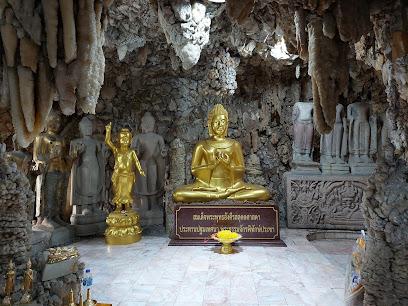
Wat Pa Salawan
Explore the beauty and spirituality of Wat Pa Salawan, a breathtaking Buddhist temple in Nakhon Ratchasima, Thailand.
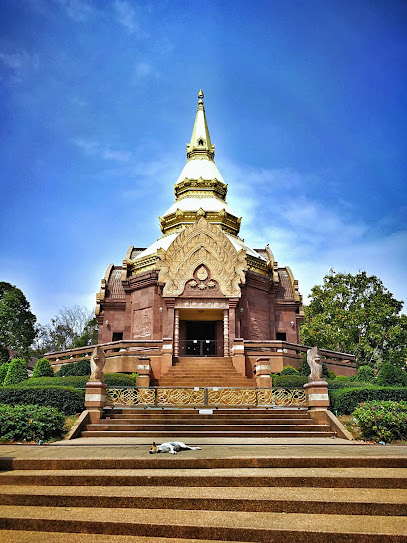
HARBORLAND TERMINAL 21 KORAT
Experience thrills and family fun at Harborland Terminal 21 Korat, the ultimate amusement park and adventure center in Nakhon Ratchasima.
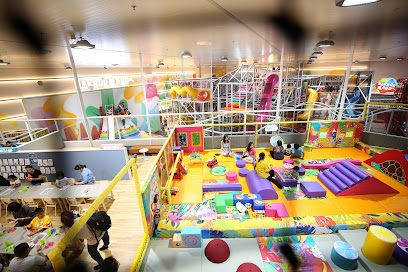
Wat Muen Wai
Discover the tranquility and beauty of Wat Muen Wai, a hidden Buddhist temple in Nakhon Ratchasima, rich in culture and serenity.
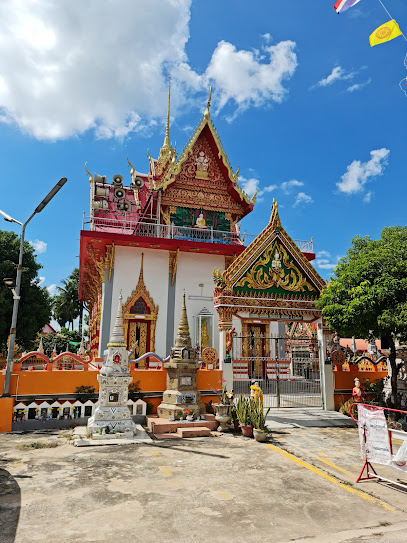
Skydeck Tower
Discover breathtaking 360-degree views of Nakhon Ratchasima from Skydeck Tower, a stunning observation deck in Thailand's vibrant city center.
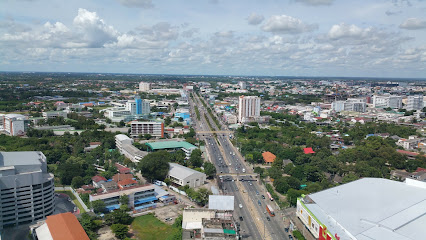
Wat Lak Roi
Experience the tranquility and beauty of Wat Lak Roi, a stunning Buddhist temple in Nakhon Ratchasima, rich in culture and tradition.
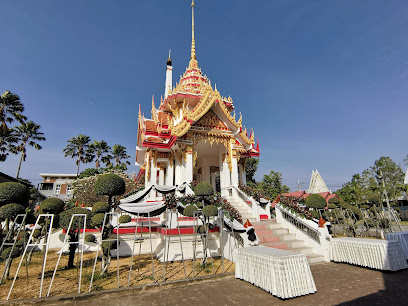
Wat Sala Thong
Discover the serene beauty of Wat Sala Thong, a captivating Buddhist temple in Nakhon Ratchasima, rich in culture, architecture, and spiritual heritage.
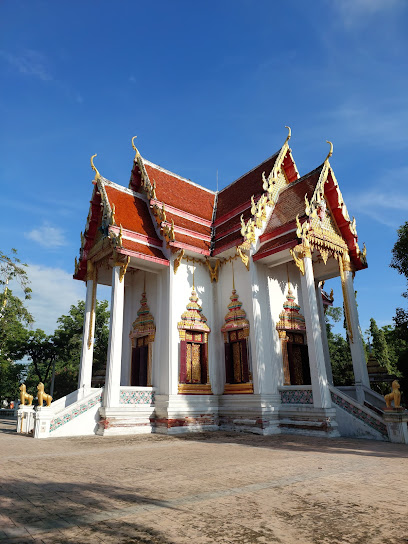
Essential places to dine
Krua Suwimol
Discover authentic Thai flavors at Krua Suwimol in Nakhon Ratchasima - a culinary gem for every traveler seeking delicious experiences.
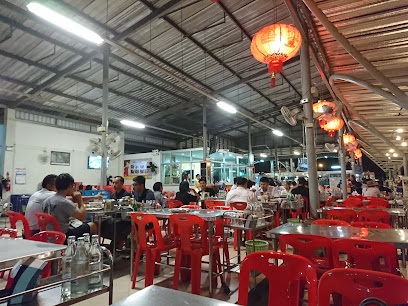
OSHINEI Nakhon Ratchasima
Experience authentic Japanese flavors at OSHINEI Nakhon Ratchasima - an all-you-can-eat buffet paradise for sushi lovers.
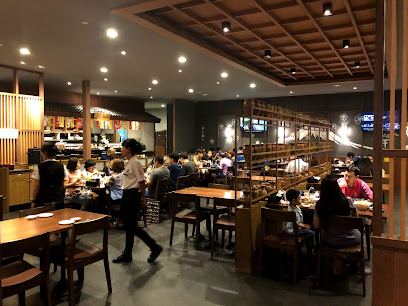
ChaKaFair
Experience authentic Thai flavors at ChaKaFair - where delicious food meets warm hospitality in Nakhon Ratchasima.

ติ่มซำโคราชโรงแรมศิริโฮเต็ล
Experience authentic dim sum at Siri Hotel Korat, where tradition meets flavor in every bite.
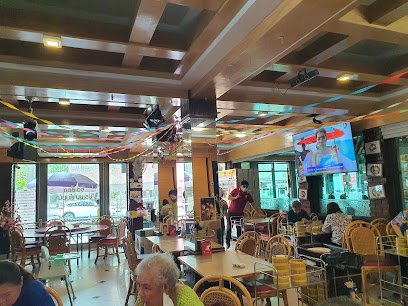
Chez Andy Swiss Restaurant & Steak House
Discover authentic Swiss cuisine combined with Italian flair at Chez Andy Swiss Restaurant & Steak House in Nakhon Ratchasima.
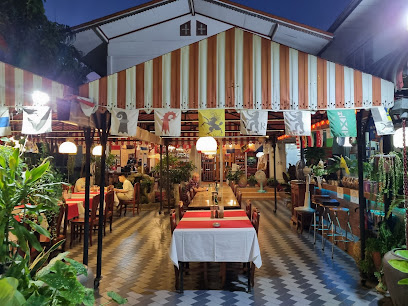
8 Dining
Discover authentic Thai cuisine at 8 Dining in Nakhon Ratchasima – where every dish tells a story of flavor and tradition.
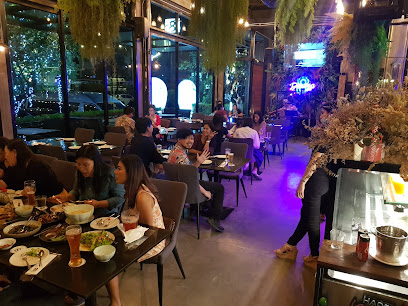
Seafood restaurant with Thai food
Experience the best of Thai seafood at Yongpooop Original in Nakhon Ratchasima - where flavor meets tradition.
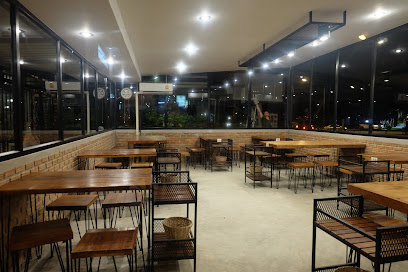
8 Bistro
Discover the vibrant flavors of Thailand at 8 Bistro in Nakhon Ratchasima - where culinary excellence meets lively atmosphere.
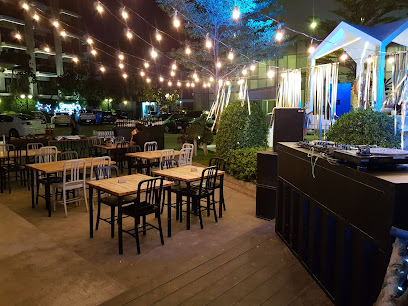
Tiger is coming beer and eatery
Experience authentic Thai flavors in a vibrant atmosphere at Tiger is Coming Beer and Eatery in Nakhon Ratchasima.
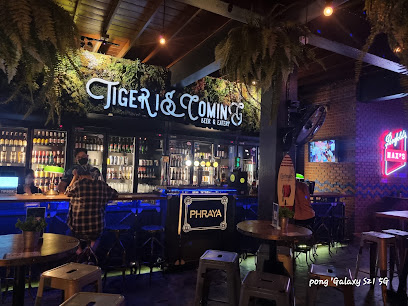
Tomodachi
Experience authentic Japanese flavors at Tomodachi in Nakhon Ratchasima – where every dish tells a story.
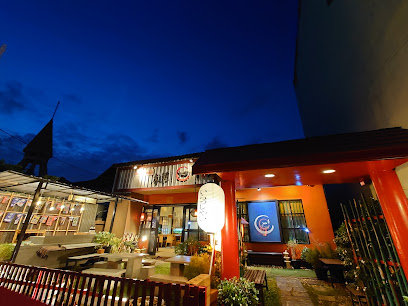
Daya's Eatery
Experience authentic Thai cuisine at Daya's Eatery in Nakhon Ratchasima – where every dish tells a story of flavor and tradition.
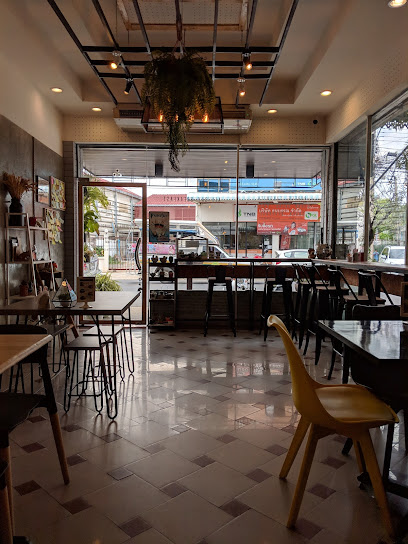
ร้านมาดูบัว ณ โคราช
Experience authentic Thai flavors at Madubua Restaurant in Nakhon Ratchasima—where every dish tells a story.
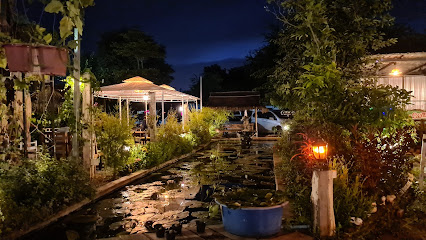
The Grill Room Korat
Experience culinary excellence at The Grill Room Korat—where premium steaks meet stunning views in Nakhon Ratchasima.
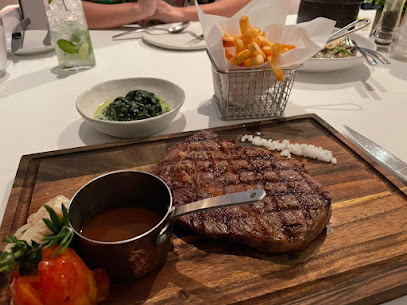
Banjong
Discover Banjong in Nakhon Ratchasima: A perfect blend of authentic Thai cuisine and cozy coffee shop vibes.
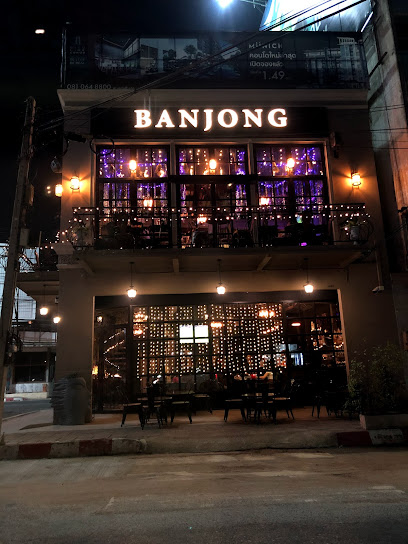
Somaek 소맥 Korat
Experience the vibrant fusion of Korean flavors at Somaek 소맥 Korat – where culinary traditions meet modern dining.

Markets, malls and hidden boutiques
The Mall Korat
Discover the vibrant shopping and dining experience at The Mall Korat, a must-visit destination in Nakhon Ratchasima for tourists.
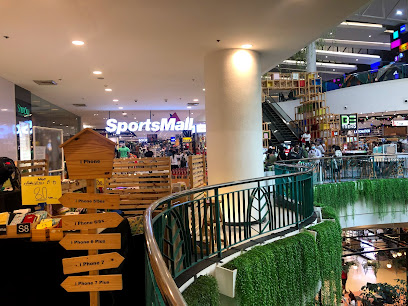
Central Korat
Discover Central Korat, the ultimate shopping destination in Nakhon Ratchasima, blending modern retail, delightful dining, and vibrant entertainment.

Thao Suranari (Ya Mo) Monument
Explore the Thao Suranari (Ya Mo) Monument in Nakhon Ratchasima for a glimpse into Thailand's heroic past and cultural heritage.

OWNDAYS The Mall Korat
Visit OWNDAYS The Mall Korat for trendy eyewear and exceptional optical services in Nakhon Ratchasima.
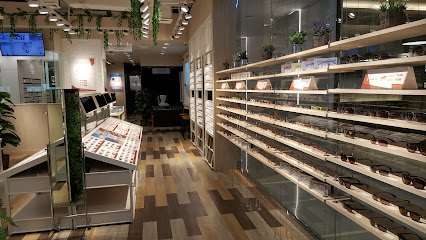
Lotus's Korat
Discover Lotus's Korat: Your ultimate shopping destination in Nakhon Ratchasima offering local delicacies, everyday essentials, and vibrant culture.
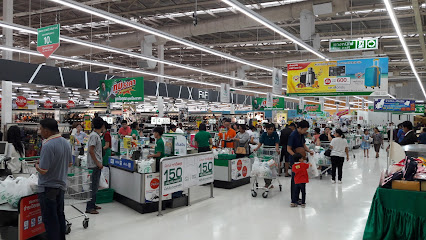
Premium Outlet Khaoyai at Pak Chong
Shop till you drop at Premium Outlet Khaoyai, offering unbeatable discounts on renowned brands in a stunning natural setting.
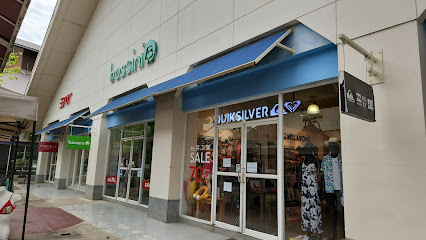
Big C Supercenter
Discover a shopping paradise at Big C Supercenter in Nakhon Ratchasima, offering an incredible variety of products and local Thai flavors.

B2 Korat Boutique & Budget Hotel
Experience the charm of Nakhon Ratchasima at B2 Korat Boutique & Budget Hotel, where comfort meets style in a vibrant Thai atmosphere.

Terminal21 Korat
Experience global shopping and local flavors at Terminal21 Korat, where each floor offers a unique cultural adventure and diverse dining options.
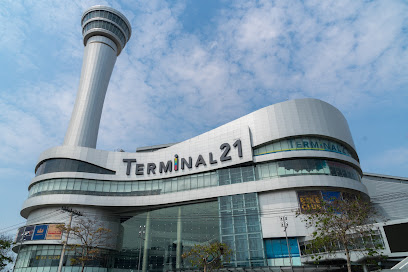
HARBORLAND TERMINAL 21 KORAT
Discover endless fun and adventure at Harborland Terminal 21 Korat - the ultimate indoor amusement park for families and thrill-seekers in Thailand.
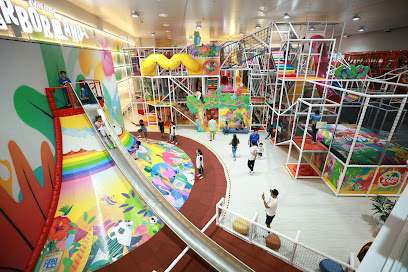
UNIQLO The Mall Korat ยูนิโคล่ เดอะมอลล์ โคราช
Discover stylish and affordable clothing at UNIQLO The Mall Korat, where quality meets contemporary fashion in Nakhon Ratchasima.

Yellow Pumpkin
Discover the cozy charm of Yellow Pumpkin Cafe in Nakhon Ratchasima, where delightful coffee and local culture intertwine.
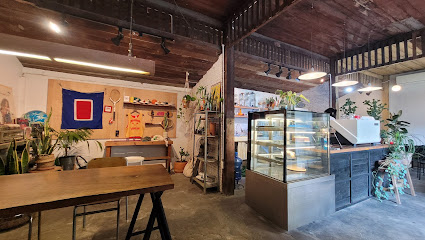
เขมจิตต์ คาเฟ่ แอนด์ เบด Khemjit cafe' and bed (ที่พักโคราช ร้านกาแฟและโรงคั่วกาแฟ Specialty coffee)
Discover Khemjit Cafe' and Bed in Nakhon Ratchasima, where specialty coffee meets cozy accommodations for an unforgettable stay.
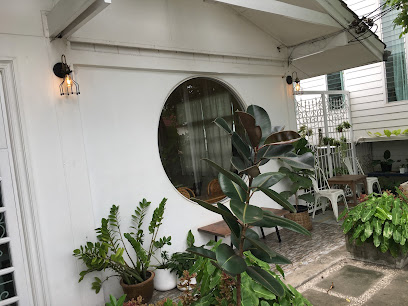
glinfon
Discover the charm of Glinfon in Nakhon Ratchasima, where local crafts and culture come together in a delightful shopping experience.
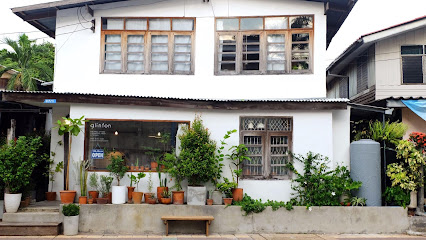
Wonder Planet เดอะมอลล์โคราช
Explore Wonder Planet in Korat for a unique shopping experience, where fashion meets flavor in a vibrant atmosphere full of entertainment.

Essential bars & hidden hideouts
Tawandang Mahason Korat
Discover the electrifying nightlife at Tawandang Mahason Korat, a vibrant night club and pub in Nakhon Ratchasima offering live music and delicious drinks.
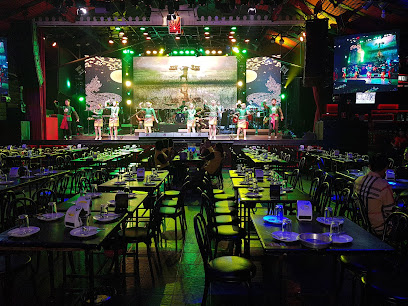
Monkey Bar/Restaurant Korat
Experience the lively vibe at Monkey Bar/Restaurant Korat, where delicious food and refreshing drinks await in a vibrant atmosphere.
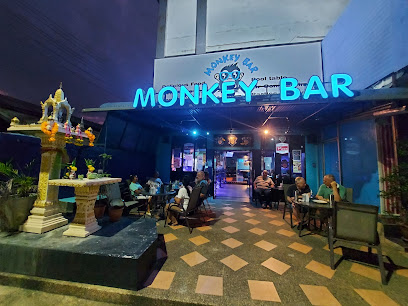
U-Bar
Experience the vibrant nightlife at U-Bar in Nakhon Ratchasima, where locals and tourists unite for unforgettable evenings filled with laughter and great drinks.
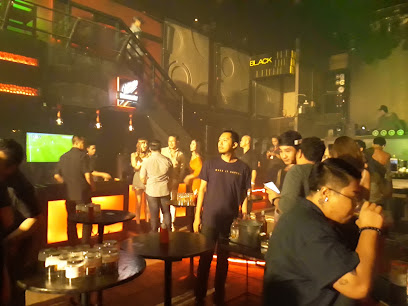
Some Might Say
Discover the charm of Some Might Say in Nakhon Ratchasima, where craft beer and a cozy atmosphere create unforgettable moments.
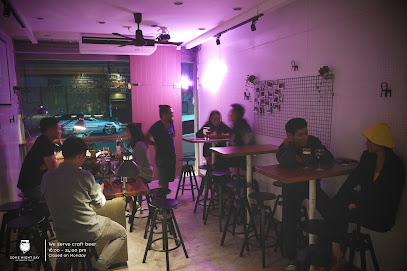
Within-Korat | Sawairiang
Experience the vibrant nightlife and cozy hospitality at Sawairiang, a premier cocktail bar and hostel in Nakhon Ratchasima.
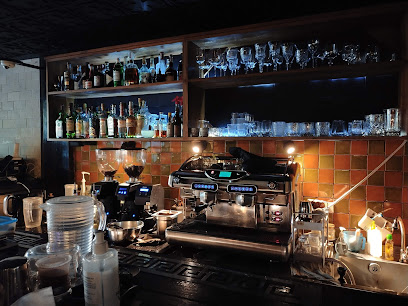
บคส. By KK Bar
Discover the vibrant nightlife at บคส. By KK Bar in Nakhon Ratchasima, where refreshing cocktails and lively atmosphere await.
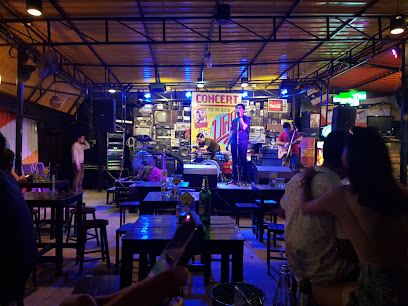
BEAT BAR : bar & bistro
Experience the vibrant nightlife at Beat Bar, Nakhon Ratchasima's go-to spot for cocktails, snacks, and a lively atmosphere.
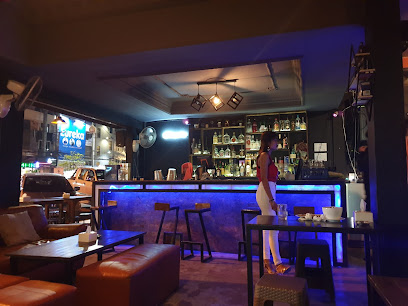
Must So Kiss
Discover Must So Kiss, Nakhon Ratchasima's vibrant bar, where lively ambiance meets exquisite drinks, perfect for an unforgettable night out.
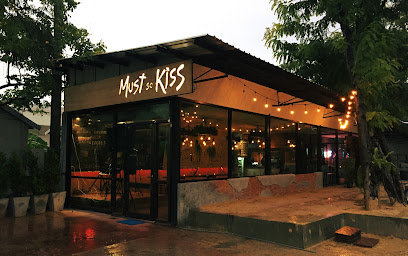
clublife pub , คลับไลฟ์ผับ
Discover the lively nightlife of ClubLife Pub in Nakhon Ratchasima, where good drinks and great music come together for an unforgettable experience.
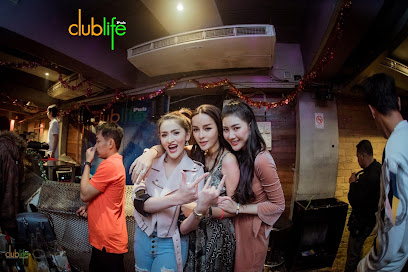
ไลลา - Lila Bar
Discover the lively nightlife at Lila Bar, a vibrant hotspot in Nakhon Ratchasima with exquisite drinks and a welcoming atmosphere.

Aftermath Bar & Bistro
Discover the energetic vibe of Aftermath Bar & Bistro in Nakhon Ratchasima, where delicious food meets a lively atmosphere for unforgettable evenings.
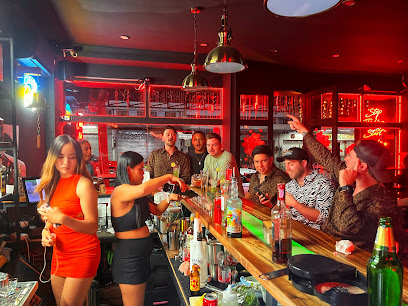
ก็อดฟาเธอร์บาร์
Experience the vibrant nightlife of Nakhon Ratchasima at Godfather Bar, where great drinks and a friendly atmosphere await you.
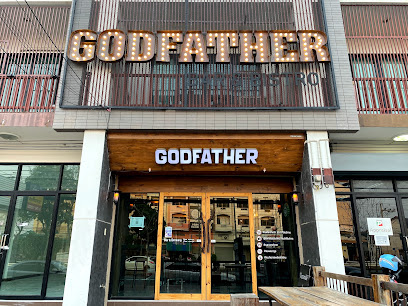
Yolo bar korat
Experience the vibrant nightlife of Nakhon Ratchasima at Yolo Bar Korat, where great drinks and lively entertainment await.
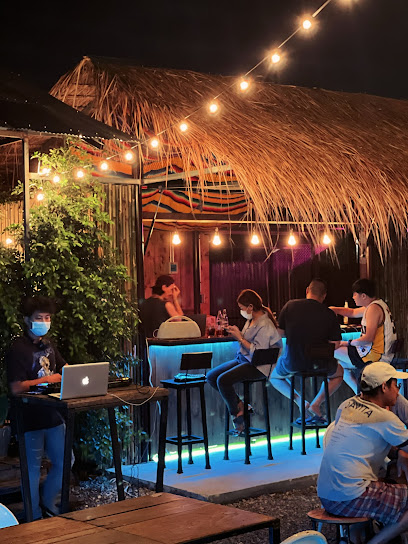
หลีตงเฮง
Discover Lhee Thong Heng, a vibrant bar in Nakhon Ratchasima offering an inviting atmosphere and delicious drinks for an unforgettable night out.
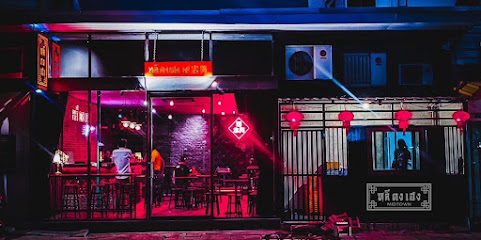
SpaceBar Korat
Discover innovative cocktails and tech at SpaceBar Korat, where nightlife meets modern technology in Nakhon Ratchasima.
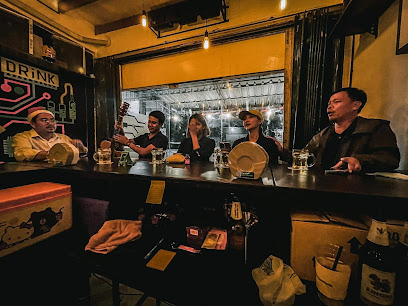
Travel experiences inspired by this city
Explore more travel diariesLocal Phrases
-
- Helloสวัสดี
[sawasdee] - Goodbyeลาก่อน
[la kon] - Yesใช่
[chai] - Noไม่
[mai] - Please/You're welcomeโปรด/ยินดีต้อนรับ
[proht/yin dee dton rub] - Thank youขอบคุณ
[kop khun] - Excuse me/Sorryขอโทษ
[kor toht] - How are you?สบายดีไหม?
[sabai dee mai?] - Fine. And you?สบายดีค่ะ คุณล่ะ?
[sabai dee ka khun la?] - Do you speak English?คุณพูดภาษาอังกฤษได้ไหม?
[khun poot pah saa angkrit dai mai?] - I don't understandฉันไม่เข้าใจ
[chan mai kao jai]
- Helloสวัสดี
-
- I'd like to see the menu, pleaseฉันอยากดูเมนูหน่อยค่ะ
[chan yahk doo menu noi ka] - I don't eat meatฉันไม่กินเนื้อ
[chan mai gin neuua] - Cheers!ชนแก้ว!
[chon gaeo] - I would like to pay, pleaseฉันต้องการจ่ายเงินค่ะ
[chan tong gaan jai ngern ka]
- I'd like to see the menu, pleaseฉันอยากดูเมนูหน่อยค่ะ
-
- Help!ช่วยด้วย!
[chuay duay] - Go away!ไปทางนั้น!
[bpai tang nan] - Call the Police!โทรตำรวจ!
[tor tamruat] - Call a doctor!โทรหมอ!
[tor mor] - I'm lostฉันสูญหาย
[chan soon hai] - I'm illฉันไม่สบาย
[chan mai sabai]
- Help!ช่วยด้วย!
-
- I'd like to buy...ฉันต้องการซื้อ...
[chan tong gaan seuu...] - I'm just lookingฉันแค่ดูอย่างเดียว
[chan kae doo yang diao] - How much is it?ราคาเท่าไหร่คะ?
[ra kah tao rai ka?] - That's too expensiveแพงไปแล้ว
[paeng bpai laew] - Can you lower the price?ลดราคาได้ไหม?
[lot ra kah dai mai?]
- I'd like to buy...ฉันต้องการซื้อ...
-
- What time is it?ตอนนี้เวลากี่แล้ว?
[ton nee welaa kee laew?] - It's one o'clockเวลาหนึ่งโมง
[welaa neung mong] - Half past (10)ขาแตก (10)
[ka taek sip] - Morningเช้า
[chao] - Afternoonบ่าย
[bai] - Eveningเย็น
[yen] - Yesterdayเมื่อวาน
[meua waan] - Todayวันนี้
[wan nee] - Tomorrowพรุ่งนี้
[proong nee] - 1หนึ่ง
[neung] - 2สอง
[song] - 3สาม
[sam] - 4สี่
[see] - 5ห้า
[ha] - 6หก
[hok] - 7เจ็ด
[jet] - 8แปด
[paet] - 9เก้า
[gao] - 10สิบ
[sip]
- What time is it?ตอนนี้เวลากี่แล้ว?
-
- Where's a/the...?...อยู่ที่ไหน?
[...yoo tee nai?] - What's the address?ที่อยู่คืออะไร?
[tee yoo keu arai?] - Can you show me (on the map)?คุณแสดงให้ฉันดูได้ไหม?
[khun sa daeng hai chan doo dai mai?] - When's the next (bus)?รถเมล์ต่อไปเวลาเท่าไหร่?
[roh mel tor bpai welaa tao rai?] - A ticket (to ....)ตั๋ว (ไปที่ ....)
[dtua (bpai tee ....)]
- Where's a/the...?...อยู่ที่ไหน?
History of Nakhon Ratchasima
-
Nakhon Ratchasima, also known as Korat, has a rich history dating back to the Dvaravati period (6th to 11th centuries). The city's strategic location made it a key center for trade and military activities. It officially became a part of the Ayutthaya Kingdom in the 14th century.
-
During the Ayutthaya period, Nakhon Ratchasima served as a vital military outpost and trade hub. Its fortified city walls and strategic location helped protect the kingdom from invasions. The city was also a key point for controlling the northeastern provinces.
-
One of the most significant historical events in Nakhon Ratchasima is the Lao Rebellion of 1826. Thao Suranari, also known as Lady Mo, led the city's defense against the invading Lao forces. Her bravery and leadership are celebrated annually in the Thao Suranari Festival.
-
In the 19th and 20th centuries, Nakhon Ratchasima underwent significant modernization. The construction of the Northeastern Railway in the early 20th century linked the city to Bangkok and other major cities, boosting its economic importance and growth.
-
Nakhon Ratchasima is a melting pot of cultures, including Thai, Lao, and Khmer influences. The city is known for its traditional crafts, such as silk weaving and pottery, as well as its vibrant festivals, which reflect its diverse heritage.
-
One of the most important historical sites in Nakhon Ratchasima is the Phimai Historical Park. This ancient Khmer temple complex dates back to the 11th and 12th centuries and is one of the largest Hindu temples in Thailand, showcasing the region's historical ties to the Khmer Empire.
-
During the Vietnam War, Nakhon Ratchasima served as a significant base for the United States Air Force. The Korat Royal Thai Air Force Base was a strategic site for launching air operations over Vietnam, Laos, and Cambodia.
-
Today, Nakhon Ratchasima is an important educational and economic center in northeastern Thailand. The city is home to several universities and research institutions, contributing to its status as a regional hub for education and industry.
Nakhon Ratchasima Essentials
-
Nakhon Ratchasima, also known as Korat, is located in northeastern Thailand. The nearest major airport is Suvarnabhumi Airport in Bangkok, approximately 260 kilometers away. From Bangkok, you can reach Nakhon Ratchasima by bus, train, or car. Buses depart regularly from the Mo Chit Bus Terminal and take around 4 to 5 hours. Trains from Hua Lamphong Railway Station offer a scenic journey of about 5 to 6 hours. Alternatively, you can rent a car and drive to Nakhon Ratchasima, with the journey taking around 3.5 to 4 hours via Highway 2 (Mittraphap Road).
-
Nakhon Ratchasima has an extensive transportation network. Local buses, songthaews (shared taxis), and tuk-tuks are common modes of transport within the city. Metered taxis are also available but may be less common. For longer distances, renting a car or motorbike can be a convenient option. The city is well-connected by highways, making it easy to explore surrounding areas. Additionally, the Nakhon Ratchasima Railway Station provides train services to various destinations, including Bangkok and Ubon Ratchathani.
-
The official currency in Thailand is the Thai Baht (THB). Credit cards are widely accepted in hotels, larger restaurants, and shopping centers, but it is advisable to carry cash for smaller establishments and market purchases. ATMs are readily available throughout Nakhon Ratchasima. Currency exchange services can be found in banks and exchange kiosks. It is wise to inform your bank of your travel plans to avoid any issues with card transactions.
-
Nakhon Ratchasima is generally a safe city for tourists. However, like any destination, it's important to take standard precautions. Avoid walking alone at night in poorly lit areas and be cautious of your belongings in crowded places such as markets and public transportation. While Nakhon Ratchasima does not have specific high-crime areas targeting tourists, staying vigilant and aware of your surroundings is always advisable.
-
In case of emergency, dial 191 for police assistance or 1669 for medical emergencies. Nakhon Ratchasima has several hospitals, including Maharat Nakhon Ratchasima Hospital, which provides comprehensive medical services. Pharmacies are also widely available for minor health issues. It is recommended to have travel insurance that covers medical emergencies. Keep emergency contact numbers and your insurance details handy.
-
Fashion: Do dress modestly, especially when visiting temples and religious sites. Avoid wearing revealing clothing. Religion: Do show respect by removing your shoes before entering temples and dressing appropriately. Public Transport: Do be polite and give up your seat to monks and elderly passengers. Don't be loud or disruptive. Greetings: Do greet people with a 'wai' (a traditional Thai gesture) by pressing your palms together and bowing slightly. Eating & Drinking: Do try local dishes and accept food offerings graciously. Don't touch food with your left hand, as it is considered impolite.
-
To experience Nakhon Ratchasima like a local, visit the vibrant night markets such as Save One Market for a taste of local street food and shopping. Engage with locals, who are known for their friendliness and hospitality. Don't miss visiting the historical Phimai Historical Park, which is home to one of the most important Khmer temples in Thailand. For a unique experience, explore the Khao Yai National Park, a UNESCO World Heritage Site located nearby, offering opportunities for wildlife spotting and nature walks.
Trending Landmark in Nakhon Ratchasima
-
Farm Chokchai
-
Thao Suranari (Ya Mo) Monument
-
Phimai Historical Park
-
Suan Rak Park
-
Wat Sala Loi
-
Ban Tha Chang Spring
-
Bung Ta Lua Park
-
Nakhon Ratchasima Zoo
-
Korat Fossil Museum
-
Prasat Hin Phanom Wan
-
Centara Korat
-
Wat Simalai Songtham
-
HARBORLAND TERMINAL 21 KORAT
-
Phimai National Museum
-
Prasat Muangkhaek
Nearby Cities to Nakhon Ratchasima
-
Things To Do in Ayutthaya
-
Things To Do in Bangkok
-
Things To Do in Samut Prakan
-
Things To Do in Battambang
-
Things To Do in Siem Reap
-
Things To Do in Pattaya
-
Things To Do in Rayong
-
Things To Do in Loei
-
Things To Do in Udon Thani
-
Things To Do in Trat
-
Things To Do in Ubon Ratchathani
-
Things To Do in Kanchanaburi
-
Things To Do in Sukhothai
-
Things To Do in Savannakhet
-
Things To Do in Vientiane












